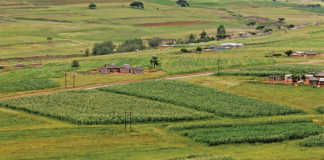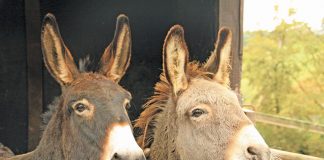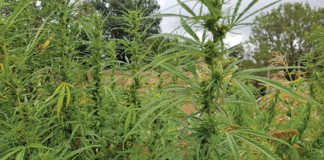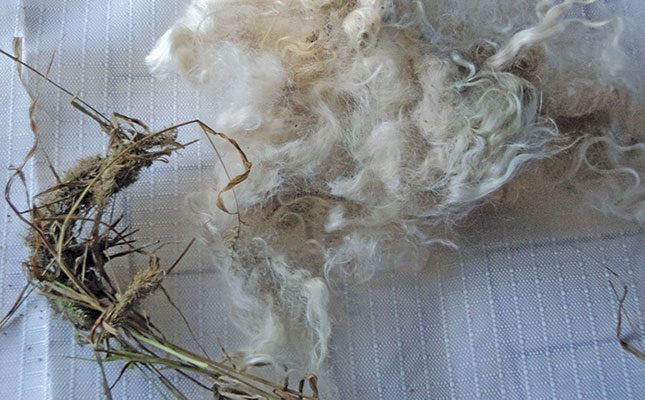
Photo: Wikimedia Commons
Removing grass seed from Angora goats is time-consuming and labour-intensive, but it’s definitely worthwhile.
Prevention of contamination requires a basic knowledge of the problem seed:
- Small carrot seed grass (Tragus berteronianus, wortelsaad): This is the first grass to respond to good summer rain. After a short establishment, the seeds ripen within a week following warm weather. Keep animals in camps that are already grazed. If you move them at this stage to rested camps, they will become heavily contaminated.
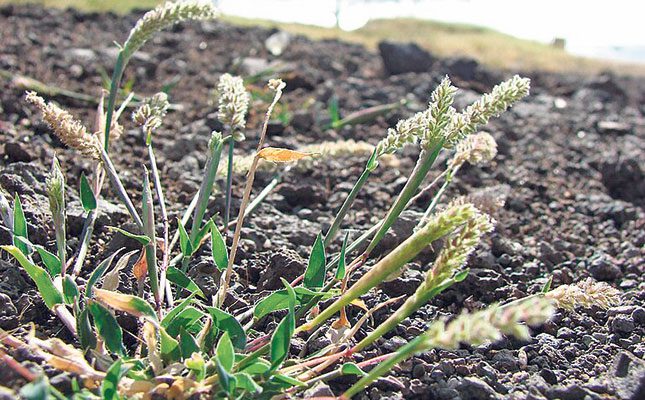
- Spear grass (Heteropogon contortus, steekgras): This only becomes a threat after a good summer rainfall season. Avoid camps where this grass grows. If you can, use pressure grazing by cattle or non-wool sheep to absorb some of the contamination. After the first frost or a dry spell, the seeds fall and the danger is reduced.
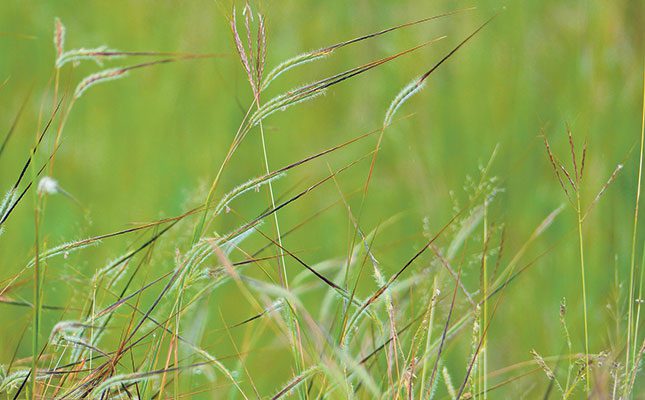
- Bur bristlegrass (Setaria verticillata, mielieklits): One of the biggest threats, especially in hollows and between and under shrubs. Grazing down by other breeds helps to some extent, but physically removing the plants is more effective. However, this can be overwhelmingly time-consuming and difficult. Even the dry seeds are problematic, although the contamination is less after a long period (about nine months) and perhaps easier to remove.
- Spiny cocklebur (Xanthium spinosum, boetebossie), castor oil plant (Ricinus communis, olieboom), and blackjack (Bidens pilosa): All three grow in disturbed soil, dams and river courses. Mohair contaminated by their seed has little commercial value, as the seeds are almost indestructible in the chemical process. By law, farmers must remove these weeds.
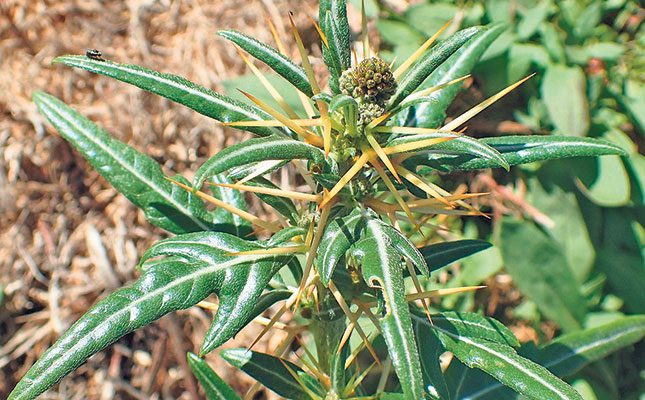
Spiny cocklebur (Xanthium spinosum, boetebossie).
Camps
Before putting goats in a camp, inspect it for a potential seed hazard. The best solution is to keep the animals in foothill camps, where there tends to be very little seed.
A second option is to keep the animals at home, well away from seed. But base this decision on the mohair’s value at the time, or it might not be worth the trouble.
If you cannot put your animals in a clean enclosure, look at the economic value of the animal’s hair. As kid mohair is more expensive than adult mohair, pay more attention to the kids, even at the expense of the adult ewes.
If you must use seed-contaminated veld, get the adults to pick up most of the seed first, then put in young goats, followed by kids. Where young goats or kids have already grown some clean mohair, feed them in a clean place or shear off the four-month growth (or longer) rather than waiting six months.
Email Pierre van der Vyver at [email protected].









